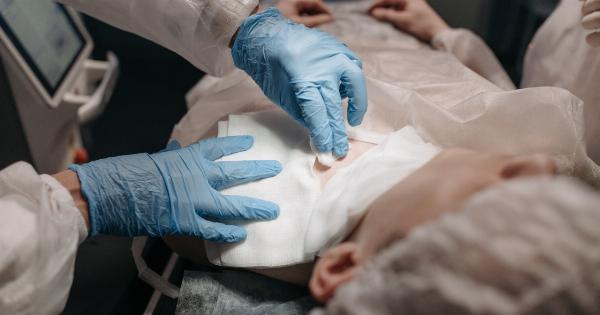A recent study published in the Journal of Orthopedic Research has identified a new component in the knee joint. This discovery could lead to new treatments for knee injuries and improved understanding of knee anatomy.
The researchers used a combination of imaging techniques and dissection to identify the new structure, which they have named the anterolateral ligament (ALL).
Background
The knee joint is one of the most complex joints in the human body. It is made up of bones, cartilage, ligaments, and tendons, all of which work together to provide stability and mobility.
Despite extensive research into knee anatomy, there are still aspects of the joint that are not fully understood.
One such area of uncertainty has been the anterolateral region of the knee. This area has been the site of many knee injuries, particularly in athletes, yet there has been no clear understanding of the structures that make up this region.
The Study
The researchers behind the new study used a combination of imaging techniques and dissection to better understand the anterolateral region of the knee.
They analyzed the knee joints of several cadavers and used advanced imaging techniques, such as magnetic resonance imaging (MRI), to identify structures that had not been previously described.
The researchers identified a small ligament in the anterolateral region of the knee that had not previously been described. This ligament runs from the femur to the tibia and is located just beneath the lateral collateral ligament (LCL).
The researchers named this ligament the anterolateral ligament, or ALL.
Potential Implications
The discovery of the ALL has the potential to impact several areas of knee treatment and research. One potential area of impact is in the development of new treatments for knee injuries.
Many knee injuries occur in the anterolateral region of the knee, yet a clear understanding of the structures in this area has been lacking.
With the identification of the ALL, doctors and researchers may be able to develop new treatments that specifically target this ligament, improving outcomes for patients.
Another potential implication of the ALL discovery is in the field of knee replacement surgery. Knee replacement surgery involves removing damaged or diseased parts of the knee joint and replacing them with artificial components.
With a clearer understanding of the ALL, surgeons may be able to more accurately position these artificial components, leading to improved outcomes for knee replacement patients.
The Future of Knee Research
The discovery of the ALL highlights the ongoing need for research into knee anatomy. Despite extensive study of the knee joint, there are still aspects that are not fully understood.
The identification of the ALL is just one example of how new research can lead to a better understanding of this complex joint.
In the future, researchers hope to further investigate the function of the ALL and its potential role in knee injuries.
By better understanding the structures that make up the knee joint, researchers and doctors may be able to develop improved treatments and prevent knee injuries before they occur.
Conclusion
The discovery of the anterolateral ligament is a significant development in the field of knee research. It highlights the ongoing need for research into knee anatomy and has the potential to impact several areas of knee treatment and surgery.
With further investigation into the ALL and its role in knee function, doctors and researchers may be able to develop new treatments and prevent injuries before they occur.



























